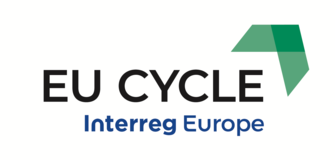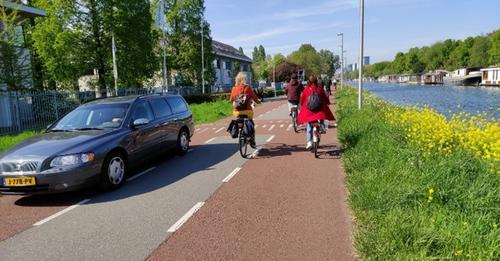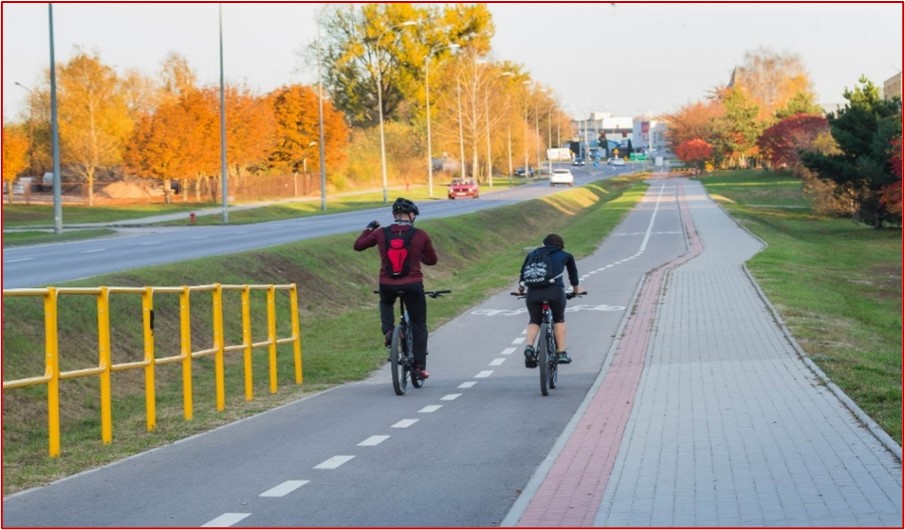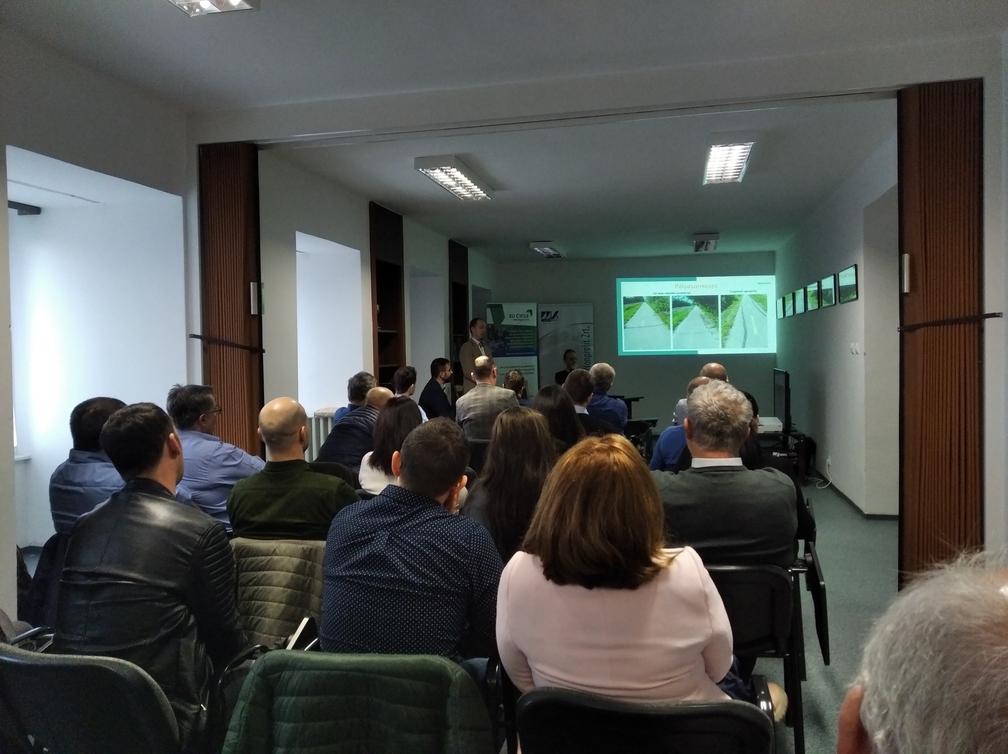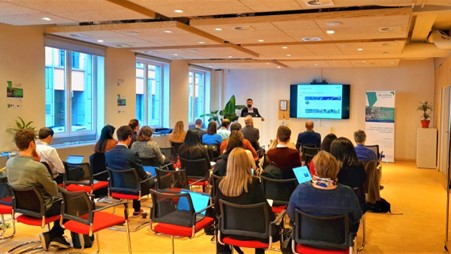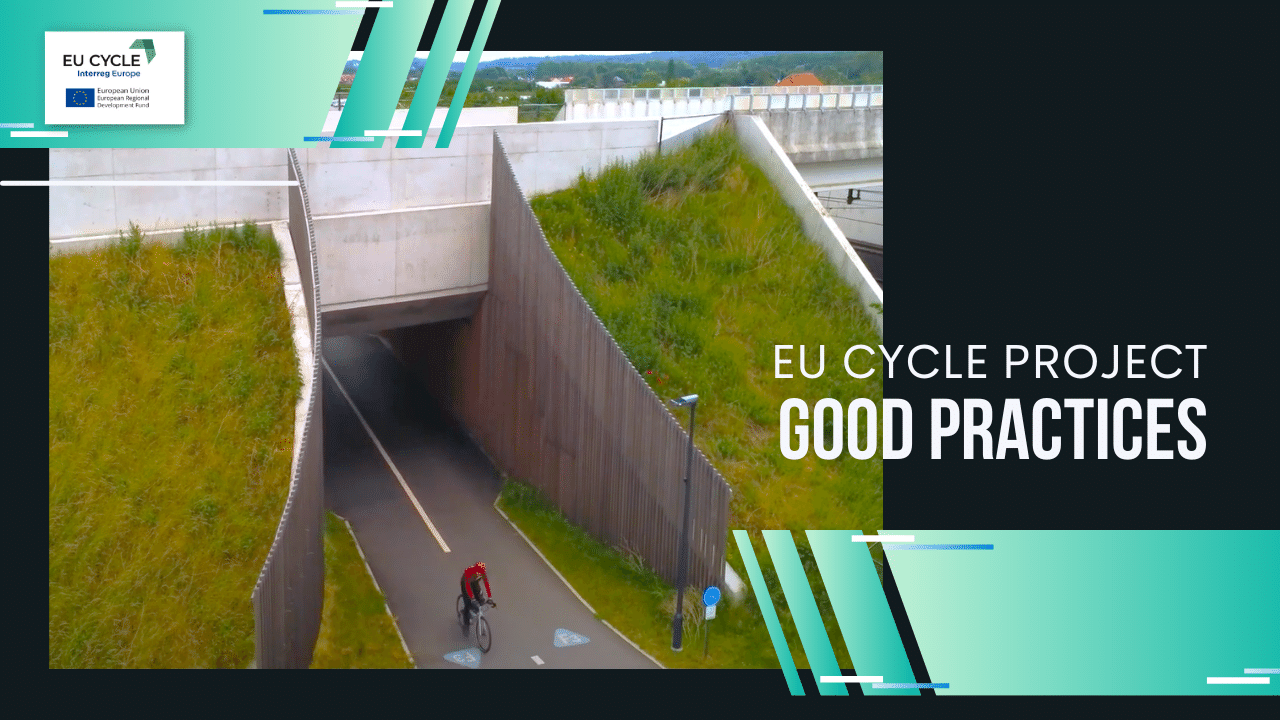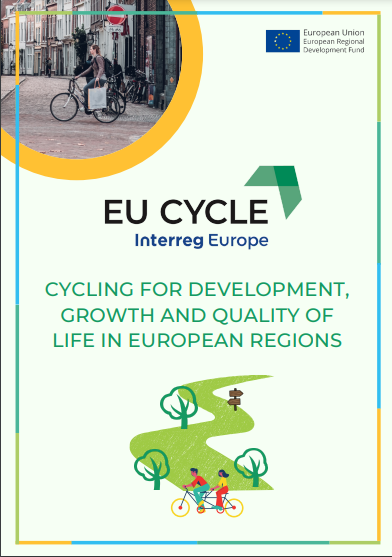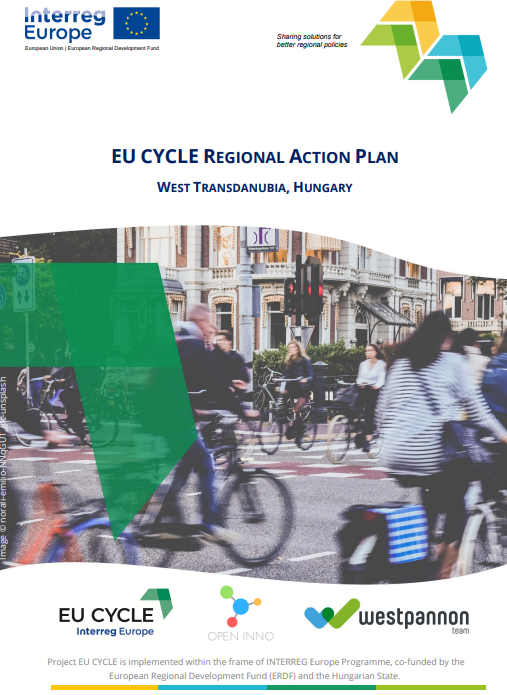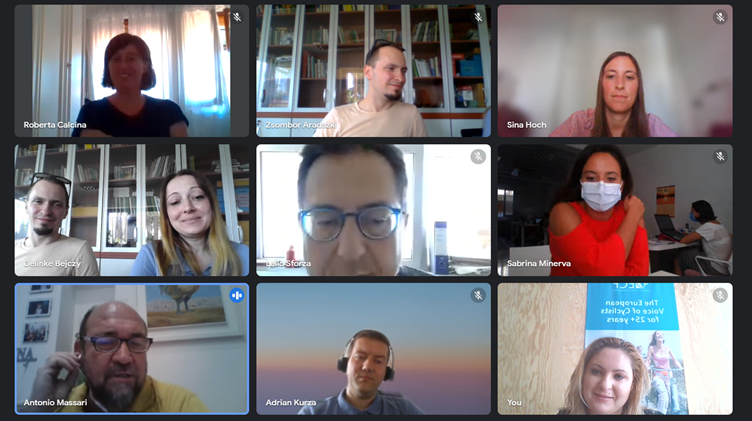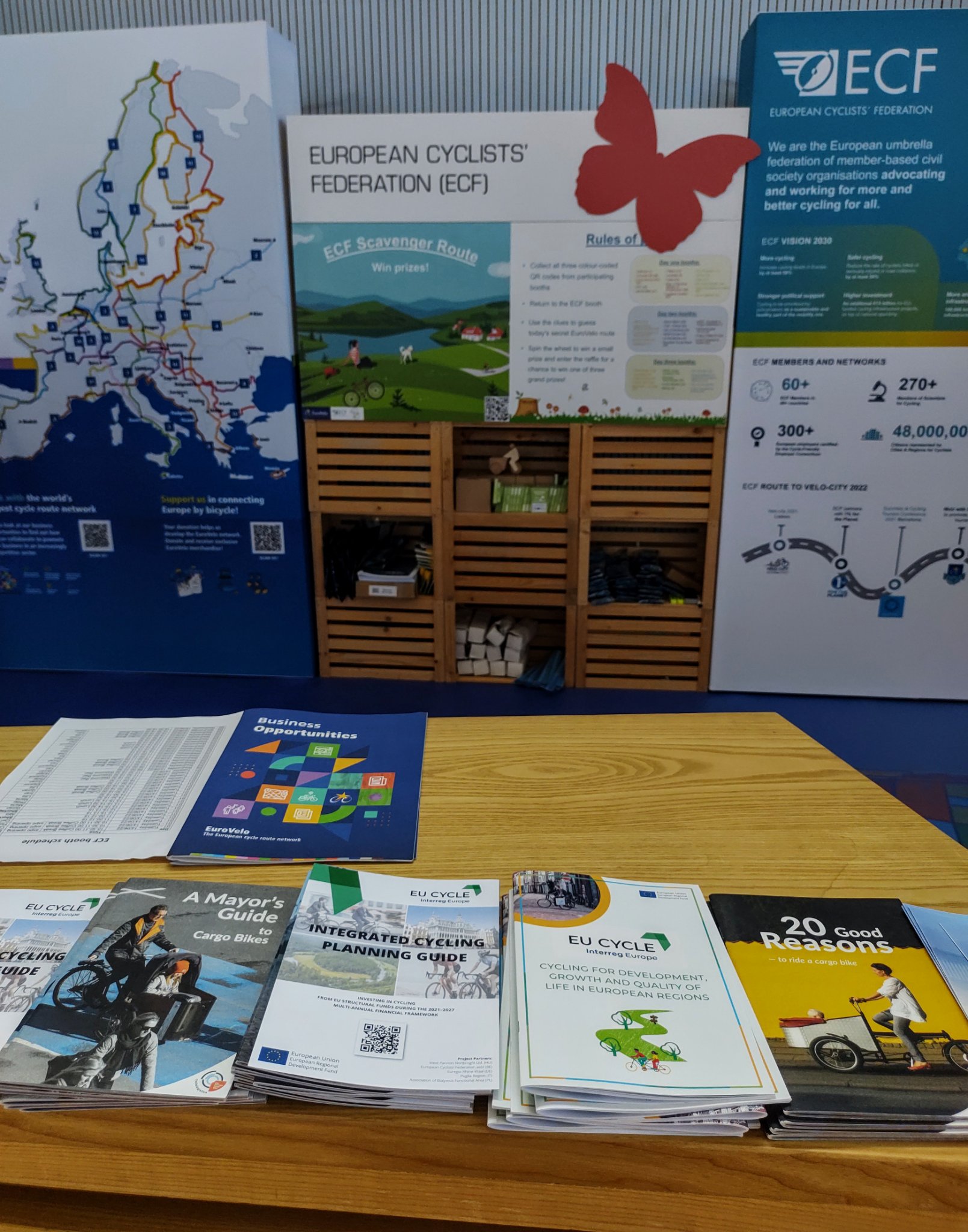
EU CYCLE project partners organized on December 18th, 2020 an online study visit to discuss good practices in cycling tourism.
Puglia Region presented the Cycling route of the Apulian Aqueduct, the cycle path that is built on the service road that runs along the Main Canal of the Apulian Aqueduct.


17 km of the cycle patch have been already built, the works for another 8 km being planned to start next year.
‘The initiative has attracted great attention from public, amplifying the general interest in the potential of cycling and the need for their modal integration with the local public transport system’, said Raffaele Sforza, Mobility Department Puglia.


The virtual study visit continued with the discussion on sustainable mobility along EuroVelo13, the Iron Curtain Trail.
Tibor Polgár mentioned that the main objectives of the project were to improve the accessibility of the affected regions by bicycle, to connect European regions by a long-distance cycle route and to promote cycling as a means of sustainable mobility and tourism.


A special emphasis was put on the methodology for survey and action planning developed within the project, that had as a goal to collect the information on the status of the route and create national actions plans, and can be used as a tool and guidelines for regional trails as well.
The project was not only focused on the infrastructure improvement, but also on the services along the route, namely combined sustainable tourism offers and transport offers.


The meeting ended with the presentation of the Krka Bike: 470 km of cycle routes through Croatia’s Krka National Park.

Ernst Fahrenkrug from ECF mentioned that 14 new circular cycle routes were created, with a total length of 470 km, that use existing roads, fire-fighting routes, and trails in and around the national park, that offer a completely different way to explore the park.
One of the issues discussed was also the signing and how that facilitates the navigation on the routes.


‘The signing of the routes is an issue that still requires attention. The signs still represent an important tool of orientation and as there is no standardized signage for cycling routes, it creates problems for cyclists and others users of routes’, said Doris Banić, Krka Park.
The recording of the workshop can be accessed on the EU CYCLE YouTube channel
